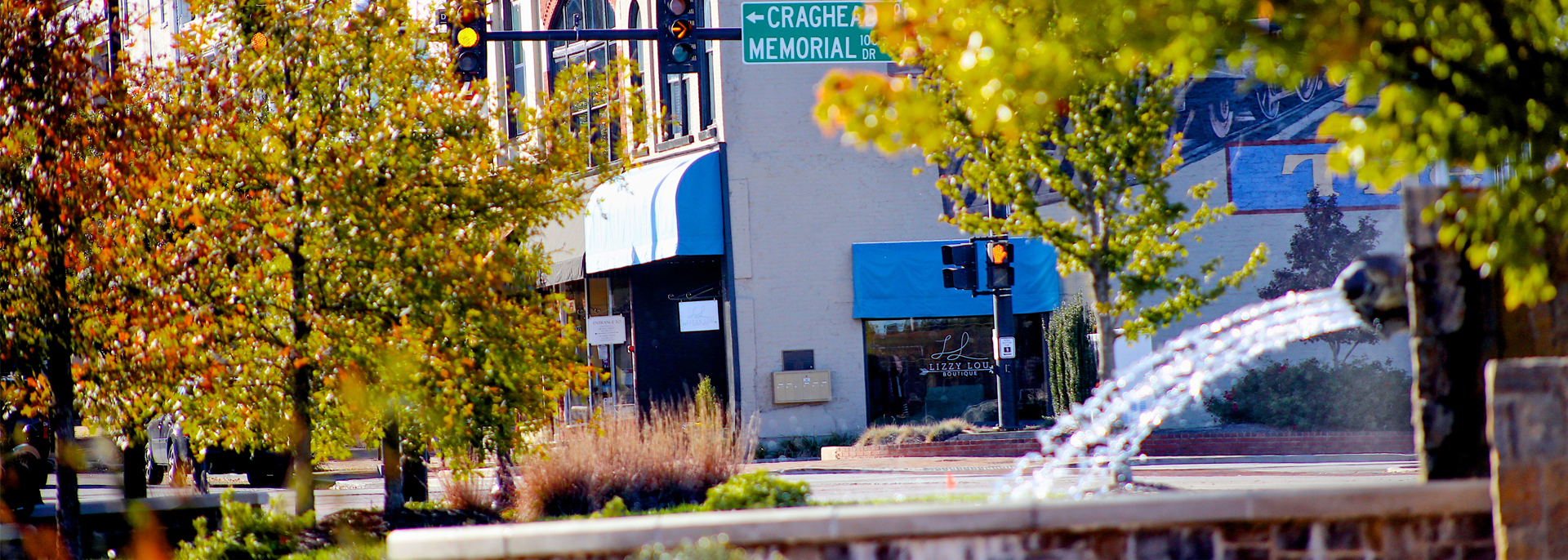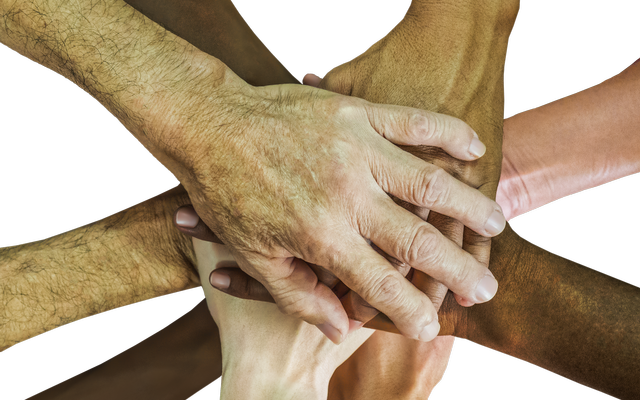

We Not I
By Clark Casteel, DRF President & CEO
The weather warms and the buds of spring are blooming. Folks are getting their COVID vaccines and getting out more. I can sense a real optimism and energy in the region right now and it would seem less than useful to write a blog post that can be a bit of a downer, but this one may start off that way.
Apologies in advance.
I recently read a piece about, then watched the video of David Brooks, The New York Times columnist, presenting a set of stats that clearly are a downer. He said:
“35% of Americans over 45 are chronically lonely. 55% of Americans say no one know me well. In 1970 married couples entertained in their homes about 20 times/year – now it’s down to 8. Only 8% of Americans say they have important conversations with their neighbors. The fastest growing political party is unaffiliated. The fastest growing religious movement is unaffiliated. Since 1999, suicide rates have gone up by 30% (and suicide is a proxy for loneliness). Teenage suicide rates since 2011 have gone up 70%. The American lifespan is dropping, not rising.”
He continued, “These are all proxies for disconnection – and that’s what’s happening in society. And so, we have an era of distrust. If you ask Americans, ‘do you trust your neighbors?’ a generation ago 60% of Americans said ‘yeah, my neighbors are trustworthy.’ Now it’s down to 30% and 19% for millennials (The younger you go down the age scale, the more distrust there is). And intermixed with all of that is some sort of spiritual crisis that’s hard to define…Why are mental health problems rising, not falling? Why are depression rates rising not falling? Every college I go to, the mental health facilities are swamped. So, something is going on – and it’s all about disconnection.”
I told you. It’s a downer.
Here at DRF we are focused on partnering with this community on the region’s economic transformation.
As Brooks’ data highlights, we are approaching this work in an environment when people don’t trust each other, and loneliness is a chronic issue.
What is the relationship? Why does this matter for economic transformation? We learned about this in our recent conversation with Dr. Robert Putnam and Shaylyn Romney Garrett as they talked about their new book, The Upswing: How America Came Together a Century Ago and How We Can Do It Again.
The research that Bob and Shaylyn reference in The Upswing illustrates that economic growth is a lagging indicator of people coming together.
To put it plainly, our economic growth wasn’t the cause of people coming together, it may have well been a result of it.
As the book illustrates America has gone through periods of individualism, “I” periods, where the primary focus of the individual is on the individual and periods of communitarianism, “we” periods, where the focus has shifted to be more of the community and community progress.
The book is more nuanced than just arguing that when people get selfish it is bad and when they work together it’s good. What you see is that it takes the right mixture of people working on themselves, working on their own personal growth and development, and then recognizing the benefits for themselves if the community thrives.
Another interesting overlap between the way David Brooks and Bob and Shaylyn talked about this phenomenon, is how we fix it. Both suggest it is not going to happen at the national level – that it must happen at the local level.
Bob and Shaylyn gave one example of this in our talk – the development of the current high school model. I confess that I had no idea that the local high school format was a result of local people recognizing the need for the young people in their community to get more education. That local effort then spread and scaled up.
To take this idea a step further, it is a competitive advantage for our region if we can buck these national trends and become a place that works together to solve our great challenges.
While other places are busy finding reasons to dunk on each other over national issues that have virtually no impact locally, if we can focus on a shared vision of progress and work together to reach it, we will continue to succeed and thrive.
It is important for us to realize that this is building on what has already happened. People have written small cities and rural places like ours off when they have taken economic hits like we have, but just look around at the growth, progress and energy in this region. We would not have made the progress we have over the last 20 years if not for people working together.
Looking back at Brooks’ statistics, they show us that people are desperate for community. People want to be involved, they want to be engaged, they want to know they can make a difference and they want to trust their neighbors.
What can we do about it?
We take that extra step. We reach out to our neighbors, engage our churches and civic groups and connect with other groups that we haven’t before.
These small actions can be transformational for a place like ours. By creating a place where people can be engaged, we will make our region a magnet for people who want the same.
People living in isolated big cities and those who have had enough of the online flame wars want to be a part of a community. If we give them the chance to work hand-in-hand with us and in this community to make a difference, it can be the catalyst we need to supercharge our region’s future success.
Next Step: Start with one connection.
Connect with someone outside of your circle and look for what you have in common. What values do you share? What is your vision for the future of this community?